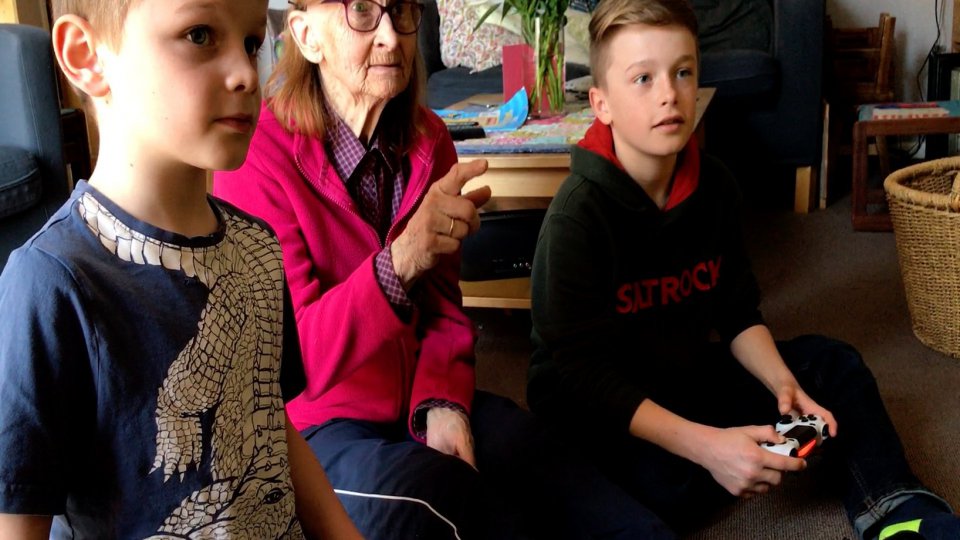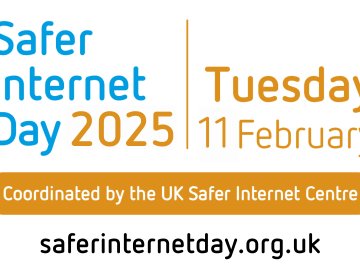Please note that this article contains some contextualised strong language.
Although any new headline about the negative impact of gaming calls for the games industry to do more to protect children, what’s often not covered is how much platform holders and publishers already provide.
Making the most of the PEGI, Additional Consumer Information and Parental Controls on the systems you own can make a huge difference to helping your child develop a healthy relationship to video games.
Ratings
Any physical game sold in this country must, by law, have a PEGI rating. Additionally, Google, PlayStation, Nintendo and Xbox all voluntarily enforce a rating for games sold online for their systems.
In the UK the VSC look after the PEGI ratings for games. You can look any game up on their website https://videostandards.org.uk/RatingBoard/ to see the rating and descriptors -- which identify why the game got the rating (Violence/Sex/Language and so on).
Consumer Information
In addition to the rating the VSC write an Additional Consumer Information entry to explicitly describe moments in the game where the rating was triggered. This is really helpful in understanding the experience your child will have in the game.
For example, looking up Call of Duty WWII shows it is PEGI 18 for strong violence and language. The ACI adds some more details. “Game contains depictions of battlefield injuries such as decapitation, dismemberment and mutilation. There is also the use of the sexual expletive ‘fuck' and derivations of the word.”
Finally, I work with AskAboutGames.com to create videos for key games to find the exact footage that triggered the rating for parents to view. This enables them to make an informed choice about the game and suggests similar games with a lower age rating as an alternative for younger players. For example, the Call of Duty WWI video (note that this contains violent scenes).
Understand ratings
Understanding the ratings in this way means you can setup the automatic age limits on your consoles and gaming systems via the parental controls. This isn’t only a good way to keep children safe, but equips you with the understanding and knowledge to be able to talk about the games they enjoy, and play them together.
Playing with your child, introducing a wider diet of games and keeping games in shared family spaces is covered in more detail in my upcoming book, Taming Gaming https://unbound.com/books/taming-gaming/ (from £10).






